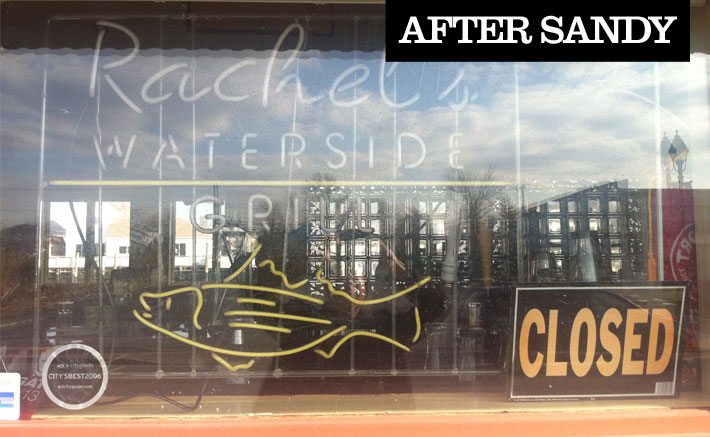
While the town waited for Taubman to file its SEIS, Taubman’s team turned their attention elsewhere, getting the Oyster Bay proposal listed late last year as one of the “projects of regional significance” by the Long Island Regional Economic Development Council (LIREDC), co-chaired by Kevin Law, head of the Long Island Association, and Stuart Rabinowitz, president of Hofstra University. The strategic plan, which won a $100 million share of Gov. Andrew Cuomo’s development grants, did not allocate any money to the mall project, but did highlight “the redevelopment of the brownfield site at the former Cerro Wire facility in Syosset with an upscale mall.”
Longtime opponents of the mall, such as Howard D. Avrutine, an attorney who’s been a leader of the Cerro Wire Coalition, comprised of local civic associations and other groups, did not appreciate its inclusion on the list.
“We opposed it but they gave it to them,” Avrutine says.
He cites this wording from the council’s report as ominous: “Many regionally significant projects get bogged down at the local level during the State Environmental Quality Review Act [SEQRA]… The LIREDC recommends that the State assert itself as Lead Agency for all projects identified in the Strategic Plan. Such a declaration could fast-track projects that have been identified as transformative, without posing any threats to the environment that the law was designed to protect. No changes in state law or regulation would be required as long as a state agency is either undertaking, approving or funding a part of the project.”
“What does that tell you?” Avrutine asks. “They’re looking for a way to get away from the Town of Oyster Bay, which is the authority over this matter. In essence, they’re trying to change the rules of the game.”
Regarding this possible maneuver, Venditto tells the Press: “I can’t think of anything more offensive to the notion of local zoning control than this…usurpation of town authority.”
Any attempt to circumvent the SEQRA process would meet firm opposition from state Sen. Carl Marcellino (R-Syosset), a key member of the environmental conservation committee.
“I would oppose that,” he says. Nor would he want to see any change in the lead agency on the project. “I agree with the town.”
Tension was high this week at the monthly meeting of the Long Island Regional Planning Council, which was supposed to cast a non-binding vote on whether it should also designate Taubman’s Oyster Bay mall idea as a “project of regional significance.” Lobbyists from both sides were gathered at Molloy College’s campus at Republic Airport, exchanging glares and smirks across the sunlit conference room. But it was all for naught, as there was no quorum. In fact, they couldn’t even move to adjourn, as Paul Tonna, the vice chairman, observed.
The chairman, John Cameron, had recused himself because his engineering firm had done traffic studies at the site for Taubman, as well as overseeing the final cleanup of the contamination—getting approval from the State Department of Environmental Conservation in 2001 for commercial development, but not for residential use. Bringing the site up to today’s stricter standards might cost a developer millions of dollars, Cameron says, and that would discourage mixed-use proposals involving housing. Members of the Cerro Wire Coalition think the range would be between $3 million to $5 million, a “rounding error” for a multi-million-dollar project, they say, insisting that “alternate development”—an office complex, a bio-tech center, or even a Marriott Hotel—would work well.







